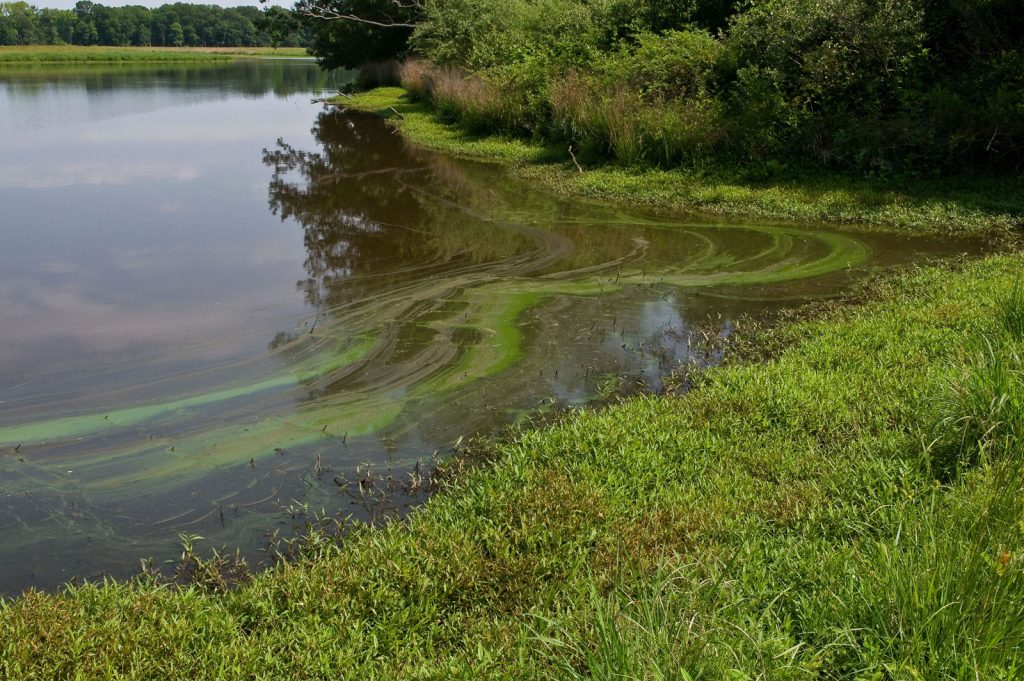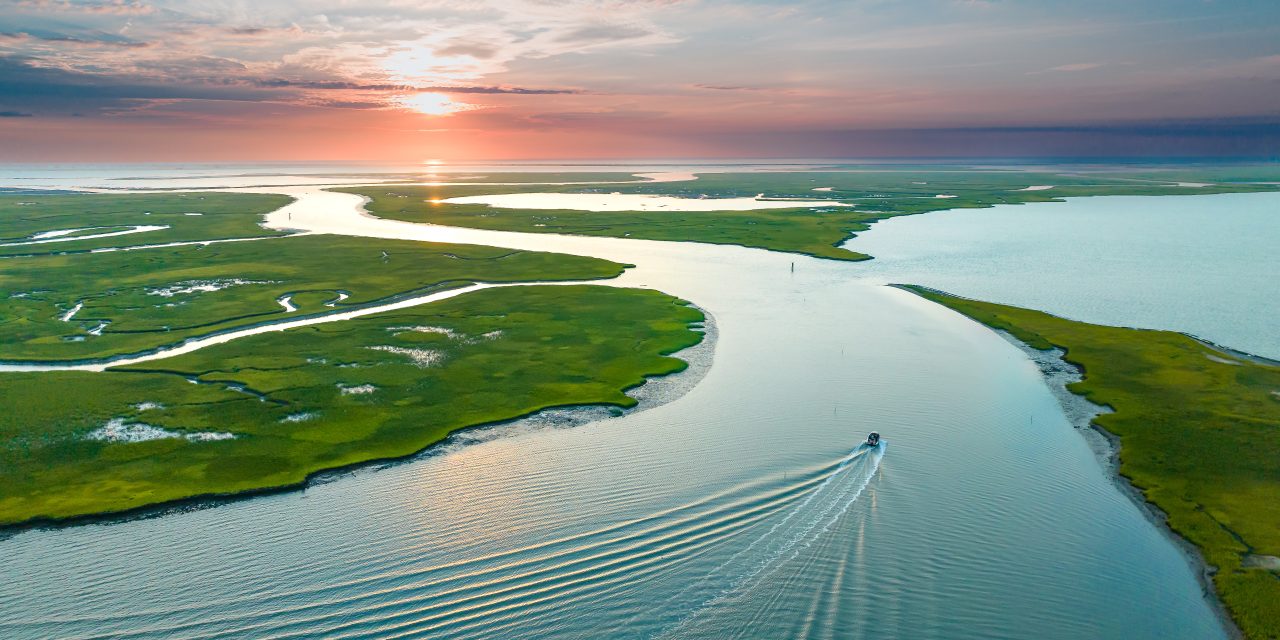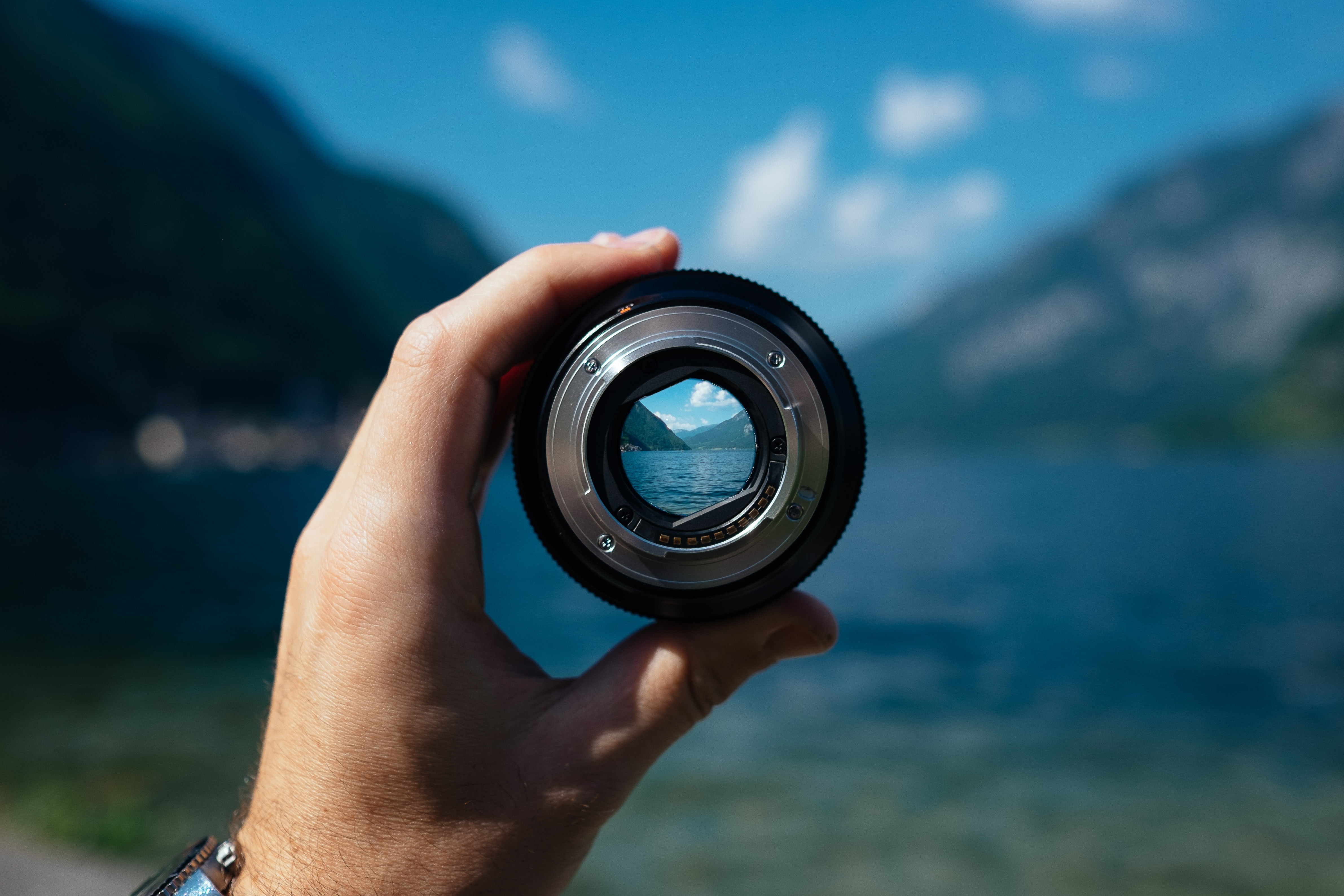The Chesapeake Bay’s annual summer dead zone — the area with dissolved oxygen concentrations too low to support aquatic life — is shaping up to be smaller this year than it has been in decades.
Dead zones form when excess nitrogen and phosphorus from agricultural fertilizers and other land sources flow into the Chesapeake Bay, primarily via stormwater runoff. Spurred by hot summer temperatures, excess nutrients feed algae in the bay and jumpstart their growth, culminating in harmful algal blooms that choke dissolved oxygen out of the water. When oxygen contents drop low enough, large patches of the Bay become inhospitable to fish and wildlife, upending the entire ecosystem.
The Chesapeake Bay Program (CBP; Annapolis, Maryland) predicted in June that this summer’s Chesapeake Bay dead zone would be about 33% smaller than the long-term average. While dead-zone season is far from over, preliminary measurements confirm that bay hypoxia levels for July have been substantially lower than they have been in recent years.
“We are pleased to see that the hypoxic dead zone is predicted to diminish again this year, and hope this continues to be a trend,” said Dave Campbell, Acting Director for the Chesapeake Bay Program Office of the U.S. Environmental Protection Agency (EPA), in a release. “We will continue to support the hard work happening across the partnership to sustain this positive trend for below-average dead zones in the Chesapeake Bay.”
Less Runoff, Fewer Nutrients
CBP, which annually predicts summer dead zone sizes in cooperation with such partners as the University of Maryland Center for Environmental Science (Cambridge), University of Michigan (UM; Ann Arbor), and U.S. Geological Survey (USGS), credits low spring rainfall volumes in the Mid-Atlantic region for this year’s optimistic projections.

“Less water moving through the watershed means less nitrogen was carried by the tributaries to the bay,” noted John Wolf, USGS Acting Coordinator for Chesapeake Bay Studies.
USGS maintains a network of sensors along nine of the Chesapeake Bay’s largest tributaries that provide frequent measurements of streamflow, as well as nutrient and sediment contents. From November 2022 to May 2023, these sensors indicated that streamflow to the bay was approximately 20% lower than the annual spring average between 1985 and 2022. From January through May 2023, river sensors detected 42% lower nitrogen inputs thanks to this decrease in streamflow.
Data from the river sensors, alongside estimates of nutrient discharges reported by water resource recovery facilities (WRRFs) located downstream from these sensors, inform a model developed by UM that forecasts year-round hypoxia conditions throughout the Chesapeake Bay.
Although lower streamflow volumes play a major role in determining the size of the annual Chesapeake Bay dead zone, long-term efforts to control nutrient pollution by the states bordering the bay and its tributaries are also paying off. Maryland, Virginia, Pennsylvania, New York, Delaware, West Virginia, and Washington, D.C., each maintain specific, time-bound plans to control nutrient pollution from non-point sources. Efforts stipulated in these plans range from investing in cover crop incentive programs to expanding inspection and enforcement of agricultural discharges to performing targeted outreach and education for farmers. In general, the annual Chesapeake Bay dead zone has become steadily smaller than average as well as quicker to dissipate within the last 3 years, according to CBP data.
Too Early to Draw Conclusions
Each year between May and October, scientists from the Maryland Department of Natural Resources and the Virginia Department of Environmental Quality launch a series of research cruises throughout the Chesapeake Bay to monitor dead-zone conditions as they develop and dissipate. Data returned from these cruises inform daily dead zone size estimates from the Virginia Institute of Marine Science (Gloucester Point) and Anchor QEA LLC (Baltimore).
These daily estimates show that dead zones began to emerge as usual in mid-May but began to plateau in size from late May into June. Despite periodic fluctuations, the size of the dead zone increased from this plateau only slightly throughout July, which is typically when the annual dead zone reaches its peak. As of July 26, the dead zone was at its largest size for the year so far — a volume of about 6.4 km3 (1.5 mi3), or roughly 7% of the Chesapeake Bay’s total area. If this level is not surpassed during August, it will represent the Bay’s smallest dead zone since 2002.
However, it is still too early in the season to draw conclusions, researchers caution. Although less nitrogen entering the Chesapeake Bay through spring runoff has created favorable conditions for a small dead zone, hot temperatures and weak winds in summer can still stimulate algal blooms and dead zones beyond their forecasted sizes.
“It is exciting to again see the seasonal forecast of below-average hypoxia and the daily estimates of hypoxia looking okay,” said Aaron Bever, Managing Scientist for Anchor QEA. “Summer 2022 had relatively little hypoxia and 2023 is looking promising, but we will have to wait and see how the weather during the summer influences the amount of hypoxia.”
CBP plans to release a full report detailing Chesapeake Bay’s summer dead zone in fall. Learn more about CBP’s prediction and monitoring work at its website.
Top image courtesy of VACHAMP1984/Pixabay

ABOUT THE AUTHOR
Justin Jacques is editor of Stormwater Report and a staff member of the Water Environment Federation (WEF). In addition to writing for WEF’s online publications, he also contributes to Water Environment & Technology magazine. Contact him at jjacques@wef.org.






